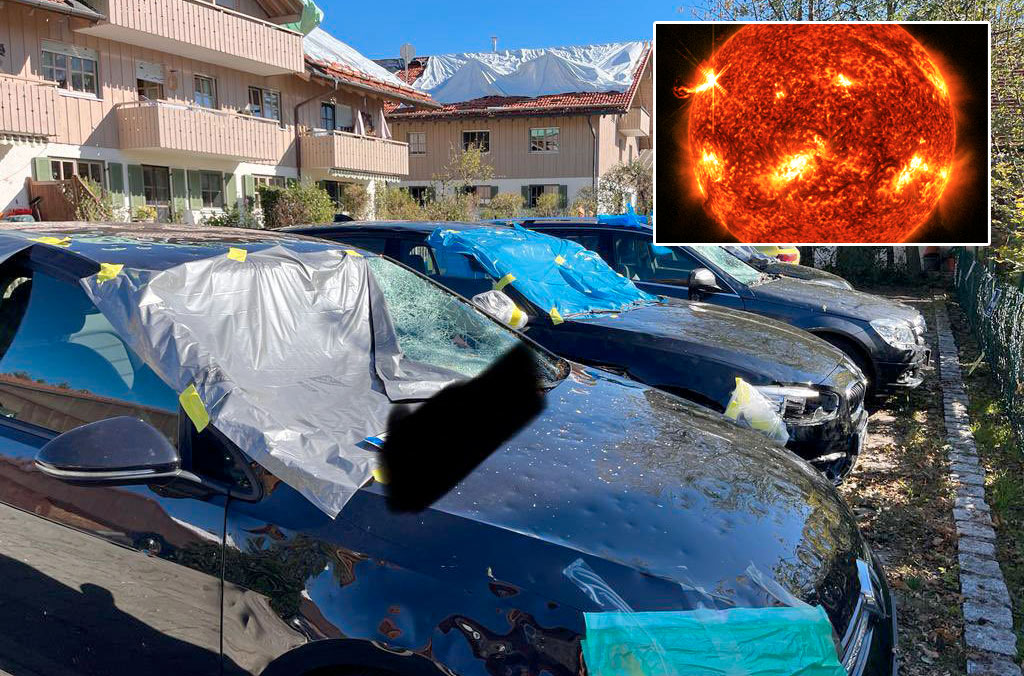In the small border town of Bihac, situated on the banks of river Una in northwestern Bosnia and Herzegovina, immigrants gather that have set out from Turkey via Greece, Albania, Montenegro and the Bosnian capital Sarajevo. They want to cross the green border to Croatia in the EU, and from there to Slovenia into the Schengen area.
Hundreds if not thousands of asylum seekers can be seen on the streets, in the parks, in the pedestrian zone, by the river – the banks of the Una – which meanders through the village. In the cafes, the bakeries, and supermarkets, Afghans, Iranians, Syrians, Iraqis or Pakistanis and even some from peaceful Bangladesh, wait.
Some are there because they have contacts in the EU already. It is a good example of how Germany’s policy of open borders works: Social media with messenger services inform those in developing nations about life in Germany and other EU countries. Migrants alredy in the EU inform others about the prosperity, social assistance rates and housing allocations.
“My cousin needs surgery, my sister wants to study, my father is out of work,” says one migrant interviewed by Rohbohm. Those still living in poor countries suddenly experience a financial boost from their relatives once they have arrived in countries like Germany, often such a large amount that exceeds a month’s salary in the home country.
Social media also keep prospective asylum seekers informed of the latest debates, and how they can use acquaintances and relatives to learn how their chances for a stay in the respective EU countries are improving or worsening.
Towards evening every day, several groups meet with packed backpacks before leaving the city, out into the wilderness, in the direction of the mountains towards the border with Croatia.
“It’s like this every night,” says a local resident. Individual groups try to cross the border over the mountains. No one can say exactly how many immigrants actually live in Bihac, but Rohbohm says there must be thousands after he toured the city.
Bihac is not the only place on the Bosnian-Croatian border that the migrants head for. Forty kilometers to the northwest is a small border town, from which the distance to Slovenia is less than 80 kilometers, a place called Velika Kladusa where asylum seekers are grouping in large numbers.













No comments.
By submitting a comment you grant Free West Media a perpetual license to reproduce your words and name/web site in attribution. Inappropriate and irrelevant comments will be removed at an admin’s discretion. Your email is used for verification purposes only, it will never be shared.